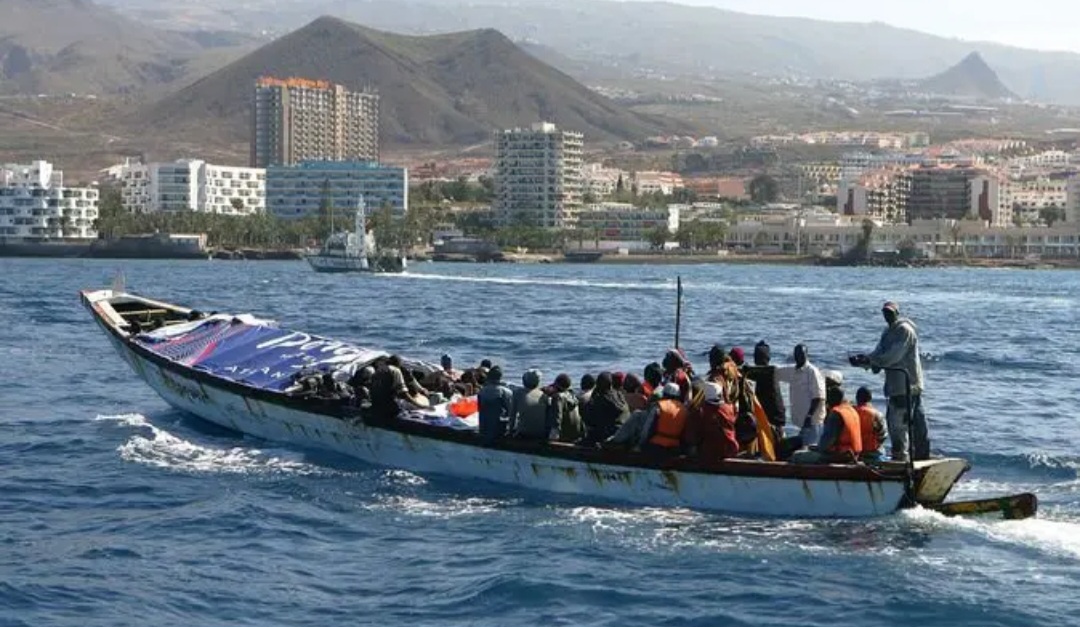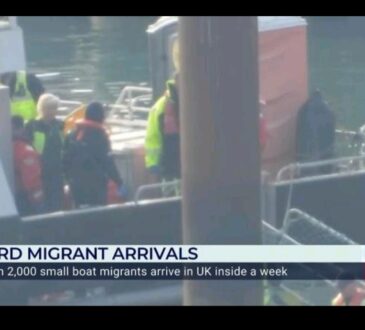Tourist Spot in Spain Sees 1,000 Migrant Boats Arrive in Just 72 Hours, You Won’t Believe Where They Are Coming From

The journey from Africa to the Spanish islands is extremely risky, with 10,400 people losing their lives attempting the crossing this year. This means nearly 30 people die every day in 2024, marking a 58% rise compared to last year, according to a report by Caminando Fronteras.
In the past 72 hours, the Canary Islands, a popular tourist spot for British travelers, have experienced a surge of nearly 1,000 migrant boats arriving.
Over the weekend, Spain’s maritime rescue service reported rescuing 914 people across the islands between Friday and Sunday. Most were men from Sub-Saharan Africa, but women and children were also among them. Since Christmas Day, over 2,000 migrants have arrived on the islands.
The Canary Islands are often used as a gateway to mainland Spain and Europe, with tens of thousands of migrants coming from West Africa this year.
The Atlantic migration route is one of the most dangerous in the world due to strong winds, unpredictable currents, and extreme weather. Migrants often launch their journeys from remote, rocky shores and land in hidden areas, making the trip even more hazardous.
The fatalities along this route include 1,538 children and 421 women, with April and May being the deadliest months, according to Caminando Fronteras. Additionally, there has been a significant rise in migrants departing from Mauritania, now the main departure point.
In response, Spain committed £174 million earlier this year to help Mauritania combat smugglers and reduce crossings. Despite this, migrant arrivals have increased, with over 57,700 people reaching Spain by boat as of December 15—a 12% rise from 2023.




